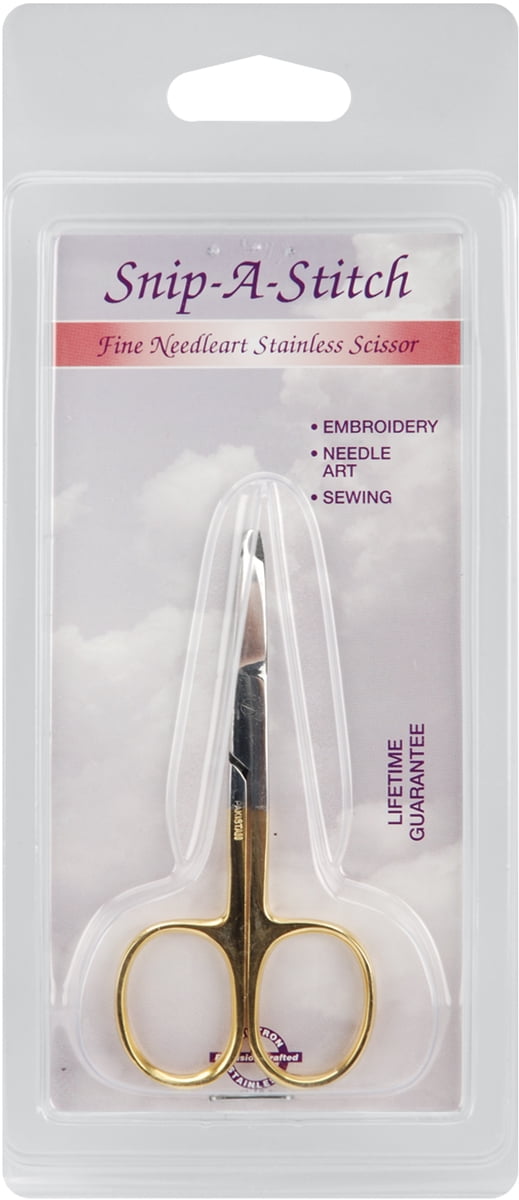

If you are trying to trim sharp interior applique corners, I find these are more easily able to access small spaces than duckbill applique scissors, which I’ll discuss soon. You can also get a really close cut with these so you don’t have to clean up the horrid fabric fuzzies later. The gently-curved tip slightly lifts the applique fabric while decreasing the odds that you’ll accidentally snip the base fabric. To use curved embroidery scissors for machine applique, hold the applique fabric up and away from the embroidery blank with one hand, and use the scissors to carefully snip away the fabric with the other hand. As long as you remove the hoop from your machine, it’s easy to trim with your fabric still hooped.Ĭurved-tip scissors are also handy for in-the-hoop projects, clipping cutwork embroidery, and cutting jump stitches and other tiny threads. I use them most often to trim ornate applique fabrics after the tack-down stitch but before the satin finishing stitch. So, what do you do with curved embroidery scissors? These are my favorite embroidery scissors, and I think my Singer extra-curved ones are the best curved embroidery scissors out there. Plus, smaller scissors means more precision cutting.
#With brand easy snip scissors plus#
Usually around 4,” the small size plus the curve means you can use these scissors for embroidery in the hoop still. Curved Embroidery ScissorsĬurved embroidery scissors look like standard embroidery scissors but have a curve at the tip of the blade. The origin of scissors shaped like storks is a fun read, but just know that scissors like this have been around for a long time and are a staple in the craft room! 2. Stork scissors are popular for cross-stitch, hand embroidery, hand sewing, and even machine embroidery. Many other animal variations and colors are out there also if you like quirky embroidery supplies. Now, there are also asymmetric embroidery scissors like the ever-popular stork embroidery scissors. Most simple embroidery scissors are symmetric, meaning they work for right- and left-handed embroiderers. While I prefer the other types of scissors I’ll discuss later for specific embroidery tasks, these are my favorite scissors to trim threads at the ends of sewn seams.

These look like small sewing scissors but have sharp, thin points that make them ideal for precise trimming. This type of scissors is also what’s most commonly included as an accessory when purchasing an embroidery machine. When you say embroidery scissors to non-machine embroiderers, what likely comes to mind is a small pair of scissors (around 4″) that can be used to trim hand and machine embroidery threads cleanly. They don’t stay sharp as long on average, but the replacements are a fraction of the cost of name-brand scissors. However, I also have a few Amazon knockoff brands that work well. I prefer Gingher, Fiskars, and Singer brand embroidery scissors based on my experiences and their availability locally. Now, here are five types of embroidery scissors to check out and consider adding to your embroidery supplies stash, depending on what you like to embroider. Scissors vary by tip shape, sharpness, handedness, length, and even material. Thanks to their unique size and shape, they are perfect for accessing tight areas and clipping threads close to fabric.ĭifferent types of embroidery scissors exist and can help embroiderers with different projects. What’s the difference between sewing and embroidery scissors?Įmbroidery scissors are smaller and sharper than sewing scissors and have a thin, finely tapered blade. 5 Best Machine Embroidery Scissors Types.What’s the difference between sewing and embroidery scissors?.To open the Snipping Tool, select Start, enter snipping tool, then select it from the results. To use the Snipping Tool with only a mouse: A notification also appears once you're finished taking a screenshot, select it for more editing options. The screenshot is automatically copied to your clipboard. You can change the shape of your snip by choosing one of the following options in the toolbar: Rectangular mode, Window mode, Full-screen mode, and Free-form mode. The desktop will darken while you select an area for your screenshot. To use the Snipping Tool when you have a mouse and a keyboard:


 0 kommentar(er)
0 kommentar(er)
